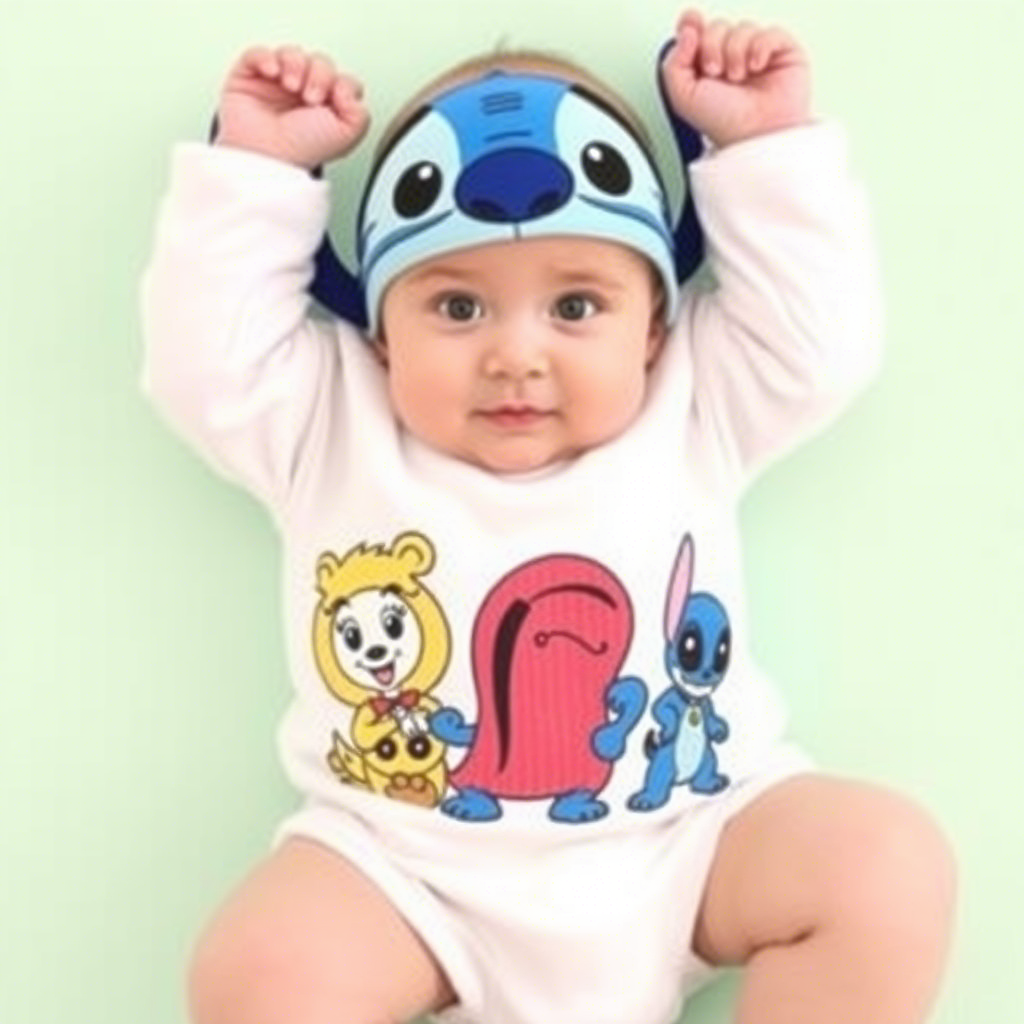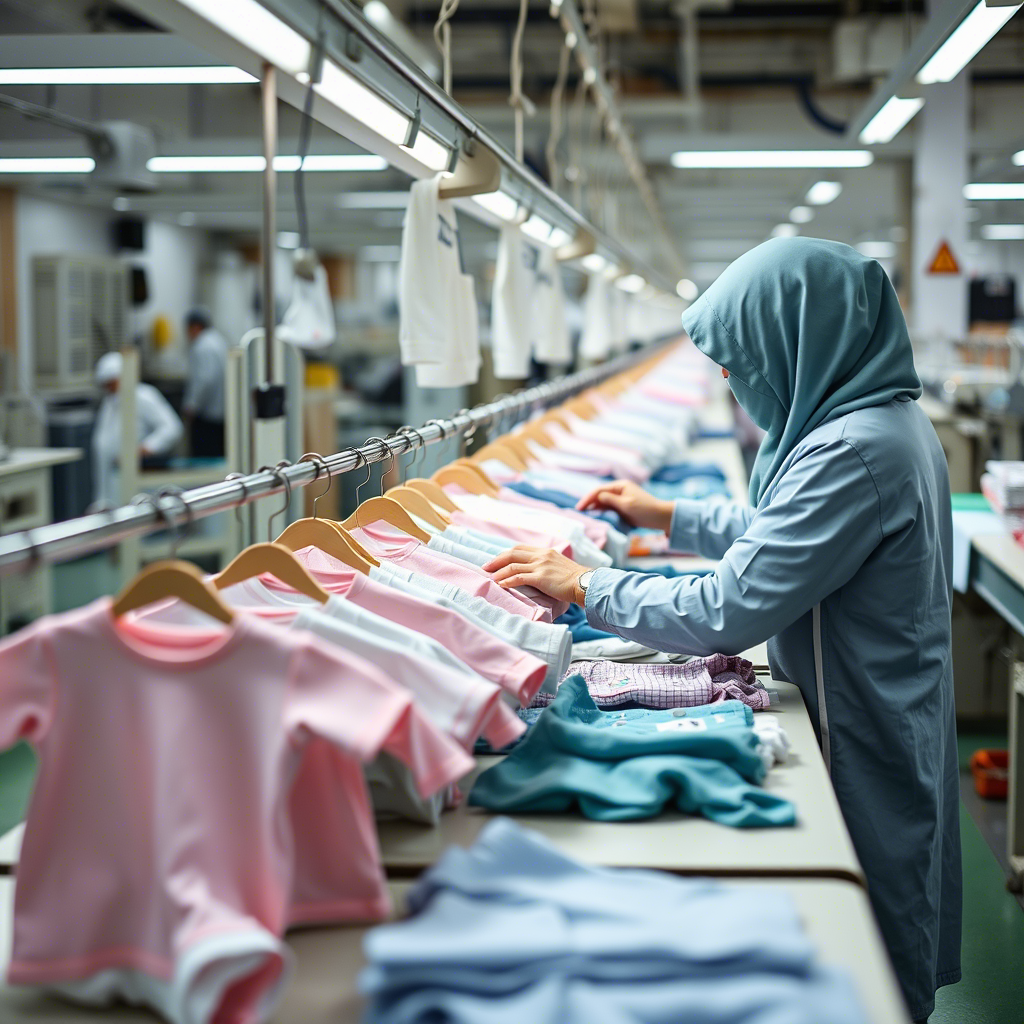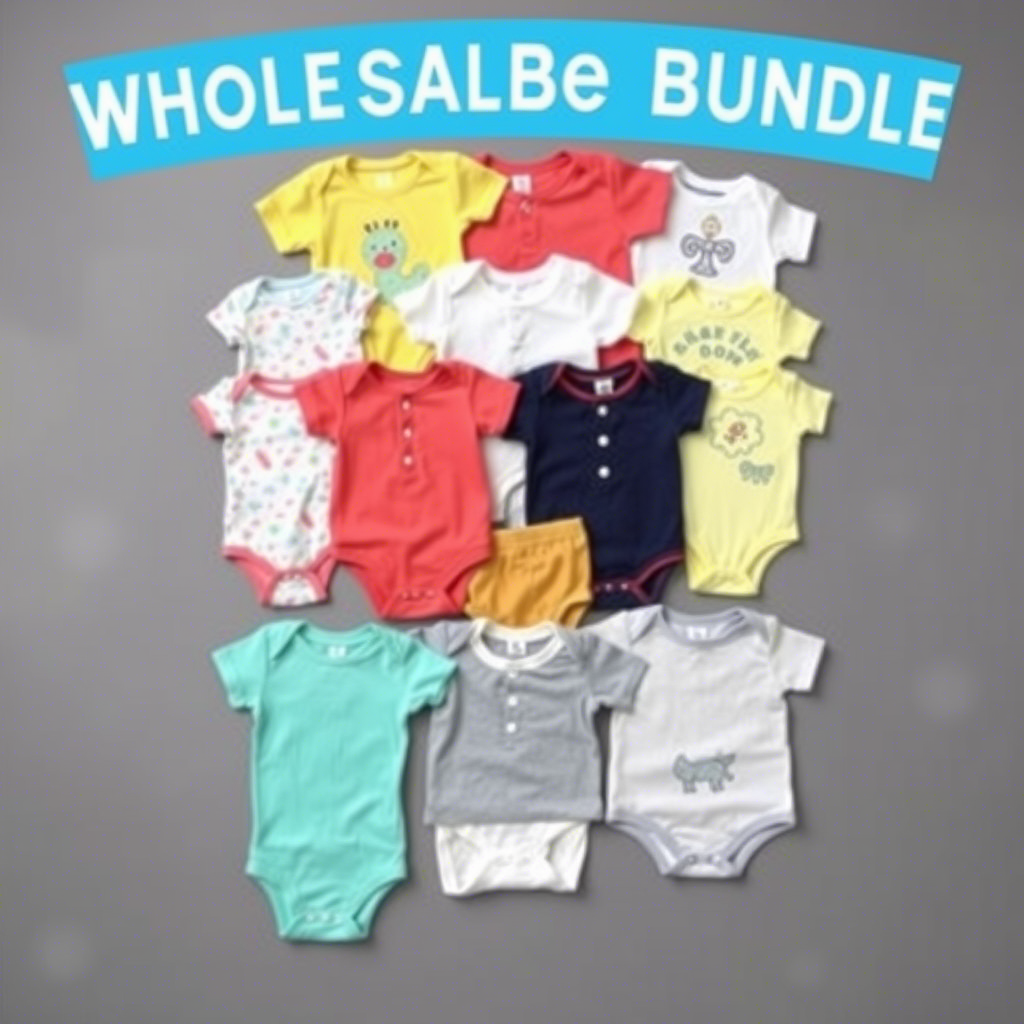Baby Clothing Manufacturer and Wholesale
The baby clothing industry is a thriving market that caters to the needs of parents seeking high-quality, comfortable, and adorable clothing for their little ones. As a significant sector within the broader apparel industry, baby clothing manufacturers and wholesalers play a crucial role in supplying retailers with a wide range of products. The demand for baby clothing is driven by factors such as increasing birth rates, rising disposable incomes, and a growing awareness of the importance of dressing babies in comfortable and safe clothing.
The global baby clothing market is projected to grow significantly in the coming years, driven by the increasing demand for premium and eco-friendly products. According to a report by Grand View Research, the global baby clothing market size was valued at USD 56.8 billion in 2020 and is expected to expand at a compound annual growth rate (CAGR) of 4.8% from 2021 to 2028.
Understanding the Baby Clothing Market
The baby clothing market is diverse and caters to various needs and preferences. Some key trends shaping the industry include:
- Increasing demand for sustainable and eco-friendly products
- Growing popularity of online shopping and e-commerce platforms
- Rising importance of comfort and safety in baby clothing
 As seen in the image, baby clothing comes in a variety of designs, from simple onesies to elaborate outfits with cartoon characters. Manufacturers and wholesalers must stay up-to-date with the latest trends and consumer preferences to remain competitive.
As seen in the image, baby clothing comes in a variety of designs, from simple onesies to elaborate outfits with cartoon characters. Manufacturers and wholesalers must stay up-to-date with the latest trends and consumer preferences to remain competitive.
Key Considerations for Baby Clothing Manufacturers
Baby clothing manufacturers must prioritize several key factors to produce high-quality products that meet consumer demands. These include:
- Material selection: Choosing materials that are soft, breathable, and gentle on baby skin
- Safety compliance: Ensuring products meet or exceed safety regulations and standards
- Quality control: Implementing rigorous quality control measures to prevent defects and inconsistencies
 Manufacturers can ensure quality by implementing regular quality control checks throughout the production process, as shown in the image.
Manufacturers can ensure quality by implementing regular quality control checks throughout the production process, as shown in the image.
Wholesale Baby Clothing: Opportunities and Challenges
Wholesale baby clothing involves selling products in bulk to retailers, who then sell them to consumers. This business model presents both opportunities and challenges:
- Opportunities: Wholesale allows manufacturers to clear inventory, reduce costs, and increase revenue
- Challenges: Wholesale buyers often demand low prices, which can squeeze profit margins
- Mitigating risks: Manufacturers can mitigate risks by diversifying their customer base and negotiating fair prices
For those interested in exploring wholesale baby clothing options, consider checking out boys’ coats or other products from reputable suppliers.
Marketing and Sales Strategies for Baby Clothing
To succeed in the competitive baby clothing market, manufacturers and wholesalers must develop effective marketing and sales strategies. Some key tactics include:
- Social media marketing: Leveraging platforms like Instagram and Facebook to showcase products and engage with customers
- Influencer partnerships: Collaborating with parenting influencers and bloggers to promote products
- Trade shows and events: Attending industry events to connect with retailers and showcase products
 As shown in the image, wholesale baby clothing bundles can offer a range of products in various colors and designs, appealing to retailers looking for diverse options. For more information on wholesale baby clothing, you can visit Lezon Kids’ product page.
As shown in the image, wholesale baby clothing bundles can offer a range of products in various colors and designs, appealing to retailers looking for diverse options. For more information on wholesale baby clothing, you can visit Lezon Kids’ product page.
Building a Successful Baby Clothing Business
To build a successful baby clothing business, manufacturers and wholesalers must focus on producing high-quality products, understanding consumer trends, and developing effective marketing and sales strategies. By prioritizing these factors, businesses can establish a strong reputation and drive growth.
Conclusion
The baby clothing industry is a dynamic and growing market that presents opportunities for manufacturers and wholesalers. By understanding consumer trends, prioritizing quality and safety, and developing effective marketing and sales strategies, businesses can succeed in this competitive landscape. As the industry continues to evolve, staying informed and adapting to changing consumer demands will be crucial for long-term success.

Comments